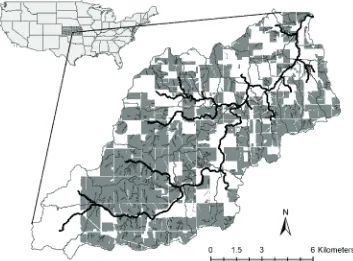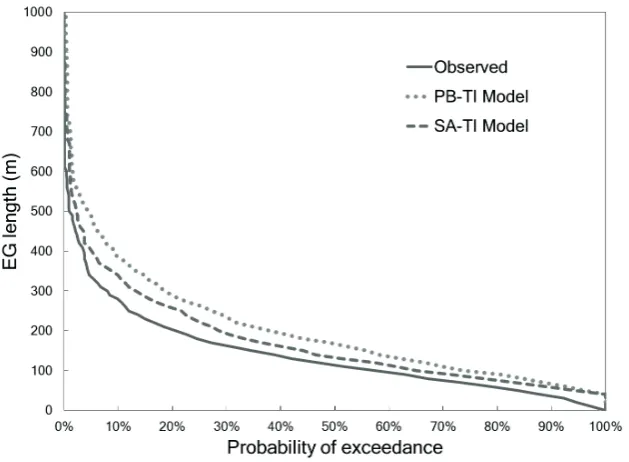Predicting location and length of ephemeral gullies with a process-based Topographic Index model
Full text
Figure



Related documents
The present review article mainly focused on different approaches, mainly on formulation, carrier system and/or coating system, bioactive stability, patient
Passed time until complete analysis result was obtained with regard to 4 separate isolation and identification methods which are discussed under this study is as
This dissertation is a case study of participants in the Exploratorium Field Trip Explainer program. I examine whether the Field Trip Explainers work in a community of
To help African immigrant students succeed, educators need to uncover, embrace, and incorporate into their teaching strategies, meanings African immigrant families attached to their
Skin biopsies were performed in 3 of 4 patients, and all showed leukocytoclastic vasculitis..
(3) E-business has no effect on total factor productivity in small firms , however, we find positive effects on performance of e-business in large firms.. Key words: new economy,
Using the risk-free-adjusted free cash flows discounted at the risk-free rate Equation [19] indicates that the value of the debt D plus that of the shareholders’ equity E is the
In this mini-review, we would like to focus on three classes of DNA lesions/ modifications: (1) Bulky, DNA-distorting lesions that block pol II transcription, (2) small DNA lesions